Description
Using visual memory helps students build verbal skills. Research shows that 10% of information imparted verbally can usually be remembered. When paired with a visual, retention goes up to 65%. Mindsketching is a visual memory strategy that helps students build memory and verbal skills by using simple sketches. For students from low-income backgrounds, whose verbal skills are already below those of their peers, this is a powerful tool to help build skills in areas where they are weak or struggling.
In this 1-hour course, teachers will learn:
- The difference between mindsketching and drawing
- How to build verbal intelligence through mindsketching


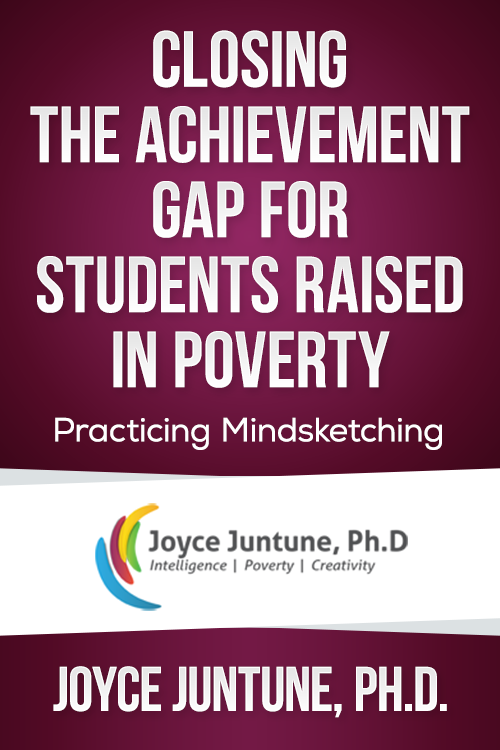
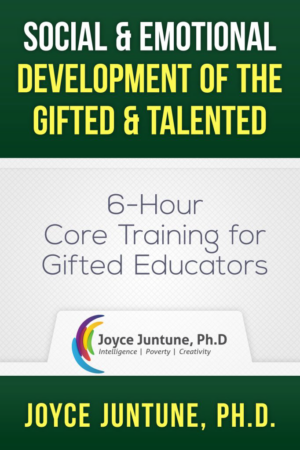
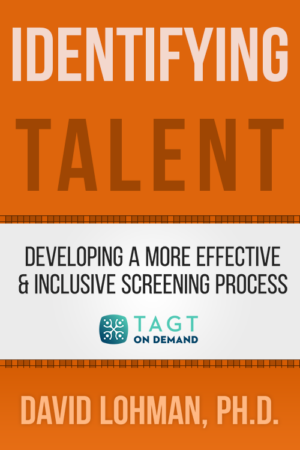
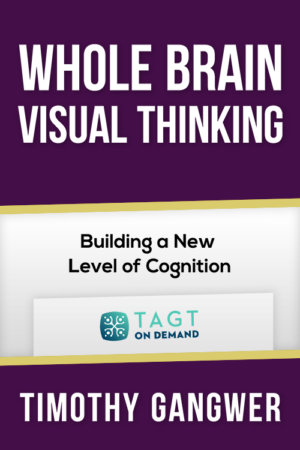
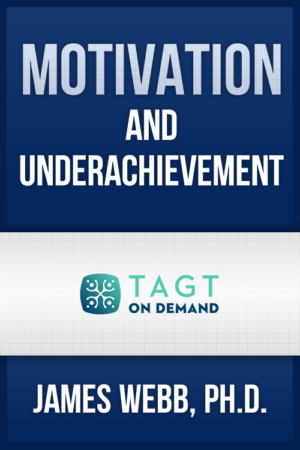
Denise – Napoleon Area City Schools (verified owner) –
One of the best sessions I have completed. I love the mindset of using sketches everyday.
Shannon – WODEN ISD (verified owner) –
I have watched most of Joyce Juntune’s video. They are eye-opening.
DOLLYE – HALLSVILLE ISD (verified owner) –
good
Elsa – UNITED ISD (verified owner) –
training
Lynda – WESLACO ISD (verified owner) –
Very informational and built on the concept of Mindsketching to help students of low SES close the academic gap.
Belinda – UNITED ISD (verified owner) –
I love this idea! Students need to verbalize their thinking so sketching first will definitely allow them to be successful!
Angela – COLUMBIA-BRAZORIA ISD (verified owner) –
Excellent!
Christabel – WESLACO ISD (verified owner) –
good ideas
Esmeralda – MCALLEN ISD (verified owner) –
It was very informative will definitely use it next year with my students..
Niki – GRANBURY ISD (verified owner) –
Engaging and thought provoking topic.
Jordan – YOUNGSTOWN CITY SCHOOLS (verified owner) –
It was very informational.
Lisa – ASHTABULA AREA CITY (verified owner) –
great info for teachers of all career levels
Christopher – SPRINGFIELD CITY SCHOOL DISTRICT (verified owner) –
It was okay.
Ryan – CARLISLE LOCAL (verified owner) –
I thought it was highly informative.